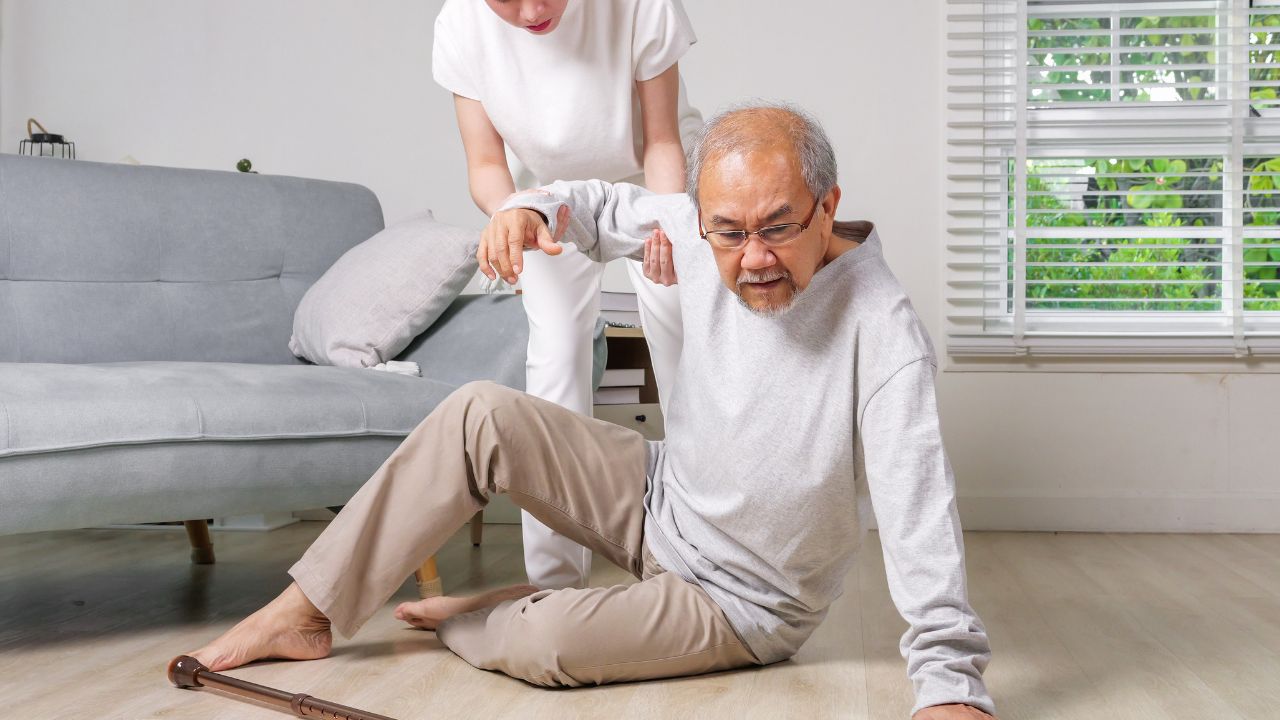Falls among the elderly are the most common cause of immobility, mortality, hospitalization, loss of independence, poor quality of life, and early entry to long-term care facilities.
A fall is defined as an event which results in a person coming to rest inadvertently on the ground, floor or other lower level.
Research paper (Review of Epidemiology of Fall among Elderly in India) highlights that the major contributing factors for fall injuries are aging, visual impairment, previous history of fall, depression, and gait problem.
According to WHO estimate, falls are the second leading cause of mortality worldwide and it is estimated that 80% of the falls occur in low and middle-income countries, of which South East Asia accounts for 60% of fall-related mortalities.
In the year 2004, around 95,000 death-related falls have occurred in India. Report generated by the WHO has estimated falls account for 40% of all injury deaths. The prevalence of falls in India, above the age of 60 years, reported to range 14%–53%. From the reported 4,24,000 fall-related deaths in 2004 globally, one-fifth of them took place in India.
Due to fear of falls, elderly tend to compromise on social interaction, reduced quality of life by limiting their mobility and feel diminished sense of well-being.
Demographic transition in India has led to an absolute increase in older adult population, which in turn has increased the demand on the health-care systems to improve quality of life (QOL) in the golden years.
The US Public Health Service has estimated that two-third of the deaths due to fall are preventable, and the WHO proposed “active aging” which aims at improving QOL for all people as they age.
In view of preventing falls among older adults in India, research has largely focused on identification and management of risk factors for falls, but the circumstances of the fall and its associated factors are sparsely researched.
Sociodemographic characteristics, living environment, lifestyle, chronic disease condition, mental health, assistance with activities of daily living (ADL) needs to be researched to identify potential circumstances for falls.
Developing a National level fall prevention strategy and training at ground level is imperative to mitigate the harm of falls among the elderly.
Though there are many tools for screening of potential falls however practical and validated tools to assess fall risks should be referred to.
Resource document on Preventing Falls and Harm From Falls in Older People: Best Practice Guidelines for Australian Residential Aged Care Facilities, 2009 by Australian Commission on Safety and Quality in Health Care (ACSQHC) is attached for reference.
The Australian Government does not endorse or recommends the website Elderly Care India.
The document can be accessed on the website https://www.safetyandquality.gov.au/
